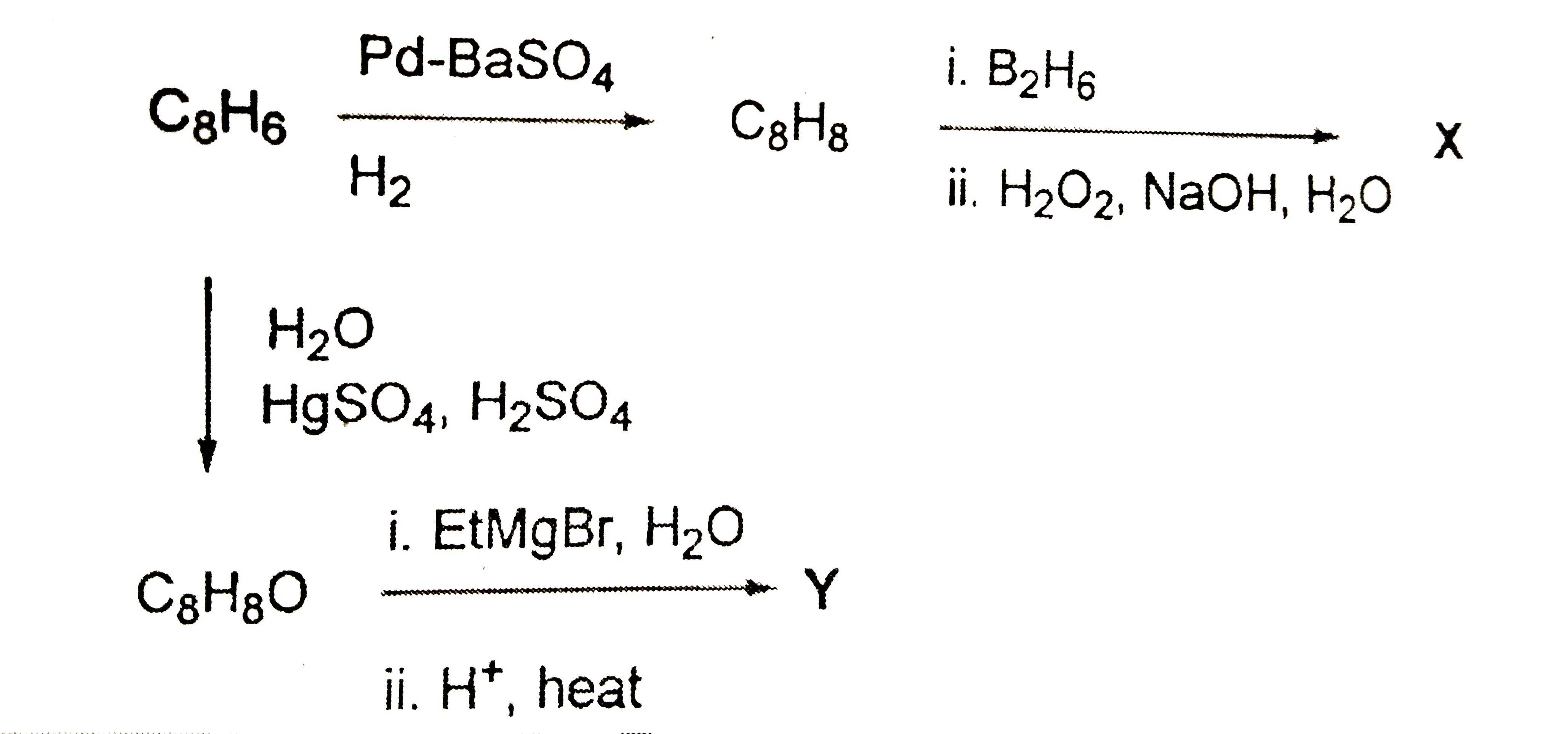A compound has a fortmula = . Y denotes a non - metal. State the following:
The formula of the compound formed between calcium and Y.
To determine the formula of the compound formed between calcium (Ca) and the non-metal Y, we will follow these steps:
Step 1: Identify the valency of hydrogen and Y
- From the given formula H₂Y, we can deduce that the valency of hydrogen (H) is 1 (since there are 2 hydrogen atoms) and the valency of Y is 2 (since it is paired with 2 hydrogen atoms).
Step 2: Determine the group of Y
- Since Y is a non-metal with a valency of 2, it likely belongs to group 16 of the periodic table (the chalcogens), which includes elements like oxygen (O) and sulfur (S). These elements typically have 6 valence electrons.
Step 3: Determine the valency of calcium
- Calcium (Ca) is an alkaline earth metal located in group 2 of the periodic table. It has 2 valence electrons and a valency of 2. When it forms compounds, it tends to lose these 2 electrons to achieve a stable electronic configuration.
Step 4: Write the electron transfer process
- When calcium reacts with Y, it will donate its 2 electrons to Y. This donation allows both calcium and Y to achieve a stable octet configuration:
- Calcium will lose 2 electrons and become Ca²⁺ (with a +2 charge).
- Y will gain 2 electrons and become Y²⁻ (with a -2 charge).
Step 5: Write the formula of the compound
- To combine the ions, we need to balance the charges. Since the charges are equal and opposite (Ca²⁺ and Y²⁻), the formula of the compound formed between calcium and Y will be CaY.
Final Answer:
The formula of the compound formed between calcium and Y is CaY.
---
- From the given formula H₂Y, we can deduce that the valency of hydrogen (H) is 1 (since there are 2 hydrogen atoms) and the valency of Y is 2 (since it is paired with 2 hydrogen atoms).
- Since Y is a non-metal with a valency of 2, it likely belongs to group 16 of the periodic table (the chalcogens), which includes elements like oxygen (O) and sulfur (S). These elements typically have 6 valence electrons.
- Calcium (Ca) is an alkaline earth metal located in group 2 of the periodic table. It has 2 valence electrons and a valency of 2. When it forms compounds, it tends to lose these 2 electrons to achieve a stable electronic configuration.
- When calcium reacts with Y, it will donate its 2 electrons to Y. This donation allows both calcium and Y to achieve a stable octet configuration:
- Calcium will lose 2 electrons and become Ca²⁺ (with a +2 charge).
- Y will gain 2 electrons and become Y²⁻ (with a -2 charge).
- To combine the ions, we need to balance the charges. Since the charges are equal and opposite (Ca²⁺ and Y²⁻), the formula of the compound formed between calcium and Y will be CaY.
The formula of the compound formed between calcium and Y is CaY.
Topper's Solved these Questions
- CHEMICAL BONDING BOOK - ICSECHAPTER - CHEMICAL BONDING EXERCISE - QUESTIONS (Fill in the blanks from the choices given in the brackets)
4 Videos
- CHEMICAL BONDING BOOK - ICSECHAPTER - CHEMICAL BONDING EXERCISE - ILLUSTRATIVE ASSIGNMENTS
10 Videos
- CHEMICAL BONDING BOOK - ICSECHAPTER - CHEMICAL BONDING EXERCISE - ADDITIONAL QUESTION
24 Videos
- ANALYTICAL CHEMISTRY-USE OF AMMONIUM & SODIUM HYDROXIDEBOOK - ICSECHAPTER - ANALYTICAL CHEMISTRY-USE OF AMMONIUM & SODIUM HYDROXIDEEXERCISE - Additional Questions
6 Videos
- CHEMISTRY 2011BOOK - ICSECHAPTER - CHEMISTRY 2011EXERCISE - SECTION-II
48 Videos
Similar Questions
Knowledge Check
A compound with empirical formula C2H5O has a vapour density of 45. The molecular formula of the compound will be
AC2H5OBC2H2O4CC5H14O4DC4H10O2
A compound has a formula = ''H2Y''. Y denotes a non - metal. State the following:
The electronic configuration of Y.
View SolutionA compound has a fortmula = ''H2Y''. Y denotes a non - metal. State the following:
The bonding present in 'H2Y'.
View SolutionIn the following reactoins

The major compound Y is
View SolutionIn the following reactoins

The major compound Y is
View SolutionName the following
The compound formed by the reaction between calcium oxide and silica.
View SolutionName the following:
The compound formed by the reaction between calcium oxide and silica. (not in syllabus)
View SolutionName the following:
A metal ‘Y' which on ionisation forms Y3+
View Solution
